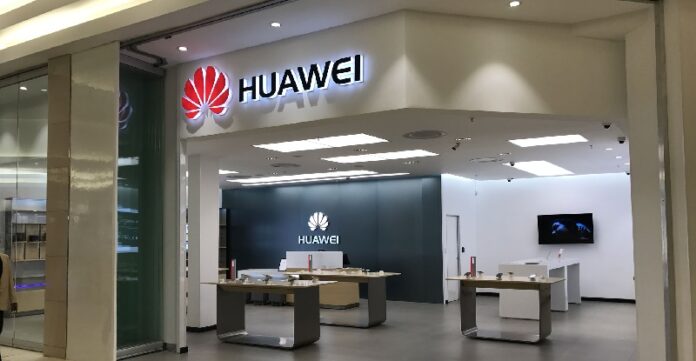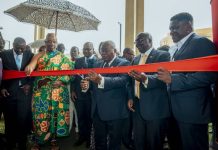Author: Zhang Ying || Director of Southern Africa Enterprise Energy Key Account Department, Huawei (www.Huawei.com)
JOHANNESBURG, South Africa, November 2022/ — Technology has become one of the key strategic enablers of competitive advantage, which is no different in the oil and gas (O&G) industry, says the online consulting platform Consultancy-me.
It noted that companies in the O&G industry could navigate their position relative to their peers on various technologies, including robotics, artificial intelligence, blockchain, cloud, and intelligent operations.
While the O&G industry is solution-focused rather than tech-focused, leading companies are integrating a wide range of technologies that can contribute to achieving solutions as efficiently as possible.
These solutions help the firms to reduce costs, increase efficiency, improve training programs and create a safe and attractive work environment.
Huawei, which has over 20 years of footprint in the ME region, notes that embracing digital technologies creates a deep integration of technology, business operations, and behaviours. It also creates continuous value for companies through improved production, security, safety, speed, and lower costs.
But most importantly, digital technologies improve experiences for both customers and employees, according to Huawei.
The global digital transformation market in the O&G industry is expected to grow by $41.25bn between 2020 and 2026, with a CAGR of 17% over the estimated period, according to a report by Market Data Forecast (https://bit.ly/3GT09Bg). It also notes that digital transformation has been one of the main trends in the global O&G industry even during the past decade.
Digitalisation pumps intelligence into oil and gas. Huawei’s new full-stack integrated communication system adapts to a range of complex scenarios in oil and gas fields.
Click here (https://bit.ly/3AKFZ8W) to learn more.
As such, Huawei’s report also states that key trends in O&G field services, including cost reduction, efficiency improvement, and security and reliability, place higher requirements on networks, leading to alternatives such as unstaffed/least staffed wellsites, automated and intensive production, and multi-service isolation, respectively.
What are the challenges to O&G fields having smart and intelligent networks?
O&G fields cover vast areas and have long transmission lines, and as the business expands, companies need more storage and higher production capacity.
For years, Huawei has been working with O&G companies as a partner of digitalization. The company finds out that oilfield network systems face long-standing issues slowing down digital transformation.
Typically, multiple networks coexist alongside old and new technologies during oil and gas field network construction. Multiple layers and many fault points: 5 to 10-layer network structure, many active nodes, high device fault rate.
Plus, there are too many network elements (NEs) and models built by different vendors at different times. Complex network management systems (NMSs) make manual O&M and live network management exponentially more difficult.
In this respect, Huawei points out that the prerequisite for building smart O&G fields is to build a network system with wide coverage, easy O&M, high bandwidth, and high stability. This is the basis for intelligent control and better decision-making – intelligent technologies for O&G fields can address these demands.
Building smart O&G fields with intensive production, centralised control, and fewer or no staff is virtually impossible without secure, reliable, intelligent, and efficient networks. As such, an integrated network will be essential.
Benefits of Huawei’s Integrated O&G solution
More specifically, Huawei offers an integrated O&G gas field network solution (https://bit.ly/3XtDzoX) that uses critical technologies such as edge computing, AI, hard pipe isolation, and IPv6+ – serving as an interconnected network.
Hence, Huawei’s integrated O&G field network solution includes the following:
Wellsite backhaul network – Used for backhaul of production, video, and inspection data in O&G well sites.
Station campus network – Network solution for medium- and large-sized comprehensive stations, such as joint stations, processing plants, purification plants, and central stations.
Oilfield bearer network – Includes the branch backbone network and factory-level aggregation network, which are used for interconnection between the factory and stations.
Unified O&M – Huawei’s IMOC is a core intelligent O&M platform that integrates various O&M monitoring content, such as equipment room infrastructure, networks, systems, security, applications, and virtual resources.
Li Yangming, Chief Representative of the Oil and Gas Sector, Huawei Enterprise BG, says: “Huawei has been focusing on the application of intelligent technologies as it reconstructs oil and gas field network facilities.
With cloud and AI, Huawei works with partners to deliver smart station and smart platform solutions for oil and gas enterprises, making the oil and gas industry more digital and intelligent.”










































